Dog pain management is an essential aspect of veterinary care, contributing significantly to the overall health and well-being of your canine companion. Effective pain management can improve your dog’s quality of life, especially when dealing with chronic conditions such as arthritis or recovering from surgery or injury. Veterinary professionals are skilled at identifying hidden signs of pain in dogs and customizing multimodal pain management plans to maintain their activity and happiness.
A comprehensive pain management protocol involves regular pain assessment and interventions like medication, cold and heat therapy, and physical rehabilitation exercises. In addition to providing relief, these interventions promote effective healing after surgery or injury. By prioritizing your dog’s comfort, you can ensure their well-being and help them recover more quickly from any health challenges they may face.
Your Pet’s Health and Happiness Begin Here
Service FAQ
Why is pain management crucial for my dog's health?
Effective pain management is vital for your dog’s overall health and well-being. It helps improve their quality of life, especially when dealing with chronic conditions or recovering from surgery or injury. Proper pain management can also prevent additional health complications and promote faster healing.
What are some common pain management techniques used by veterinarians?
Common pain management techniques include the use of medications, such as anti-inflammatory drugs and analgesics, cold and heat therapy, and physical rehabilitation exercises. Veterinarians may also recommend alternative therapies, such as acupuncture or laser therapy, to alleviate pain and promote healing.
How can I help manage my dog's pain at home?
In addition to following your veterinarian’s recommendations for pain management, you can help manage your dog’s pain at home by providing a comfortable and quiet environment, offering gentle massages, and using heating or cooling pads as directed. Additionally, maintaining a healthy weight and engaging in appropriate exercise can help prevent pain associated with obesity and inactivity.
How can I tell if my dog is in pain?
Dogs often conceal signs of pain, making it difficult for pet owners to recognize their discomfort. Signs may include changes in behavior, vocalizations, limping, sensitivity to touch, or decreased appetite. Consult your veterinarian if you suspect your dog is experiencing pain, as they can help identify hidden pain signals and recommend appropriate treatment.
Can my dog become dependent on pain medications?
While it is possible for dogs to develop a dependence on certain pain medications, particularly opioids, your veterinarian will carefully monitor their use and adjust dosages as needed to minimize any risk. Always follow your veterinarian’s instructions regarding medication administration to ensure your dog’s safety and well-being.
When should I consult my veterinarian about my dog's pain?
If you suspect your dog is in pain, it is essential to consult your veterinarian as soon as possible. Early intervention can help prevent additional health complications and ensure your dog receives appropriate care to alleviate their discomfort. Additionally, regular veterinary check-ups can help identify and address pain issues before they become more severe.
